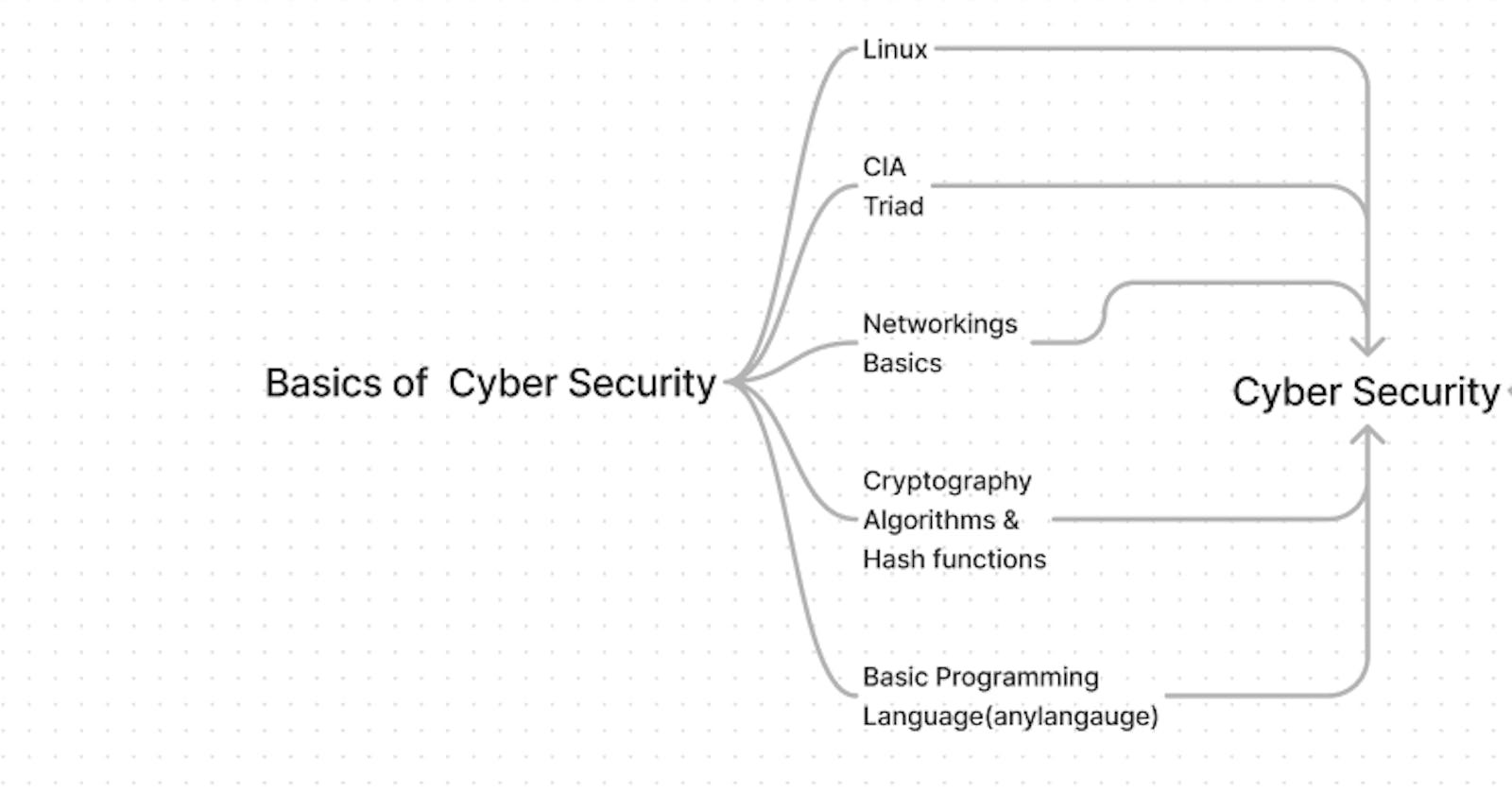Cybersecurity Primer:
- Cybersecurity is the proactive safeguarding of computer systems, networks, software, and data from unauthorized access, manipulation, or destruction. It encompasses a broad spectrum of tools, methodologies, and best practices aimed at ensuring the confidentiality, integrity, and availability of digital assets.
The Significance of Cybersecurity:
- In our increasingly digitized world, cybersecurity has emerged as a critical concern for individuals, businesses, and governments alike. With reliance on technology and the internet expanding, cyber threats such as malware, hacking, phishing, and cyber espionage pose significant risks, including financial losses, data breaches, and even threats to national security.
Fundamental Principles: The CIA Triad
At the core of cybersecurity lie the principles of the CIA Triad:
Confidentiality
Integrity
Availability
Linux in Cybersecurity: Linux, an open-source operating system renowned for its stability and security features, plays a pivotal role in the realm of cybersecurity. Here's how:
Security by Design: Linux prioritizes security, implementing the principle of least privilege and offering granular control over permissions and access.
Open-Source Advantage: Its open-source nature allows for thorough inspection, enabling security professionals to identify and rectify vulnerabilities while tailoring the system to meet specific security needs.
Secure Remote Access: Linux facilitates secure remote access and file transfer through SSH (Secure Shell), employing encryption to protect data in transit.
Built-in Security Tools: Linux distributions are equipped with built-in firewall software and a plethora of security tools for tasks such as network monitoring, intrusion detection, and vulnerability scanning.
Regular Updates: Linux distributions regularly release security updates and patches, ensuring systems remain fortified against emerging threats.
Foundational Network Concepts: A strong grasp of network fundamentals is essential for cybersecurity practitioners, providing the groundwork for securing computer networks and communications. Key aspects include:
OSI Layers
Network Architectures and Topologies
Network Protocols
Network Devices
IP Addressing and Subnetting
Network Security Concepts
Cryptography and Hash Functions: Cryptography serves as the backbone of cybersecurity, safeguarding data and communications through encryption and hashing mechanisms. Core components include:
Encryption Algorithms
Hash Functions
Key Management
Cryptographic Protocols
Digital Signatures
Automation with Python:
Python's simplicity, versatility, and rich library support make it an indispensable tool for automating various cybersecurity tasks. Key applications include:
Scripting and Automation
Security Tool Development
Data Analysis and Visualization
Penetration Testing and Ethical Hacking
Malware Analysis and Reverse Engineering
Automation Frameworks
Incorporating Python automation empowers cybersecurity professionals to enhance efficiency, streamline workflows, and bolster their ability to detect and mitigate cyber threats effectively. Stay Tune Tommrow CIA Traid will come.
This foundational understanding lays the groundwork for a deeper dive into the CIA Triad, providing a comprehensive framework for understanding and implementing cybersecurity measures effectively. Kasinadhsarma will be back tomorrow – don't miss it!

